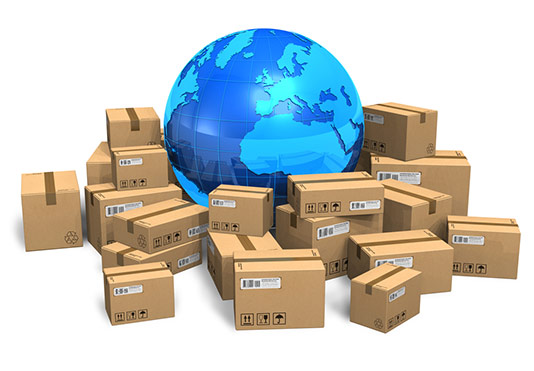Successful networking has always been the foundation of creating avenues to fulfill both personal and professional goals. While digital platforms such as LinkedIn, Facebook and Twitter make it easier to connect, forging a genuine relationship is still at the heart of building your network. This means making sure you add face-to-face networking opportunities to your schedule too.
So, do you have to be an extrovert or create a phony persona to make these connections? More importantly, once a relationship has been started, how do you nurture it to the fullest extent? Here are some of our favorite tips for effective networking in a digital world.
Good Networking Is a Win-Win Proposition
Networking is intended to open new doors to you, but look at it from the other person’s perspective. He or she is also pursuing potential opportunities. As legendary motivational speaker Zig Ziglar put it, you’ll get what you want once you help enough other people get what they want.
Psychologist Robert Cialdini wrote about the concept of reciprocity, which means people tend to give back to those who give to them. Even a simple gesture like buying someone a cup of coffee can inspire them to return the favor.
Share Your Network
As with many other concepts, networking is about quality, not quantity. According to evolutionary psychologist Robin Dunbar, 150 is the approximate ceiling of the number of meaningful relationships we can maintain at any given time.
Forming quality relationships is the key to maximizing your network. For example, you may not have a social media specialist in your network, but your connections have well-rounded networks of their own, so they can make referrals when needed.
Branch Out
Branding is no longer just for corporations. Creating and growing your personal brand makes you stand out by establishing your unique value and skills.
Multifaceted people are more compelling than one-dimensional individuals. The more you become involved in “extracurricular” activities such as blogging or running a side business, the more others will be drawn to you.
Meet Face-to-Face
As deeply entrenched as social media has become, it still can’t take the place of personal interaction. Make it a point to attend offline networking events that are focused on your interests in order to create local connections in addition to your online connections.
• While the events may occur in real time, online sites such as Meetup and Facebook Events are a great way to discover what’s going on in your area.
• Get the most out of your time by attending workshops, seminars and talks where you can learn something in addition to networking with others.
• Business cards may seem old-school, but they’re still a more personal and memorable way to exchange information when you do meet face-to-face.
Save Time and Money with Ecommerce Fulfillment Services
Do you have your hands full trying to network and also coordinate inventory levels, order processing and logistics? Contact Medallion Fulfillment & Logistics to learn how we can give you back more hours in your day so you’ll have time to make networking work for you.





 Building brand awareness, and qualified leads, through content starts with grabbing attention through the media that matters:
Building brand awareness, and qualified leads, through content starts with grabbing attention through the media that matters:
 Good, better and best. The subtle wording of parity claims constitutes an established form of marketing. Take Brand X’s claim that “no battery lasts longer.” Does that mean Brand X battery lasts longer than Brand Y? No; batteries are generally identical regardless of brand. As a parity claim, “no battery lasts longer” simply means that Brand Y (and every other brand) is likely to last the as long as Brand X — but not longer.
Good, better and best. The subtle wording of parity claims constitutes an established form of marketing. Take Brand X’s claim that “no battery lasts longer.” Does that mean Brand X battery lasts longer than Brand Y? No; batteries are generally identical regardless of brand. As a parity claim, “no battery lasts longer” simply means that Brand Y (and every other brand) is likely to last the as long as Brand X — but not longer.